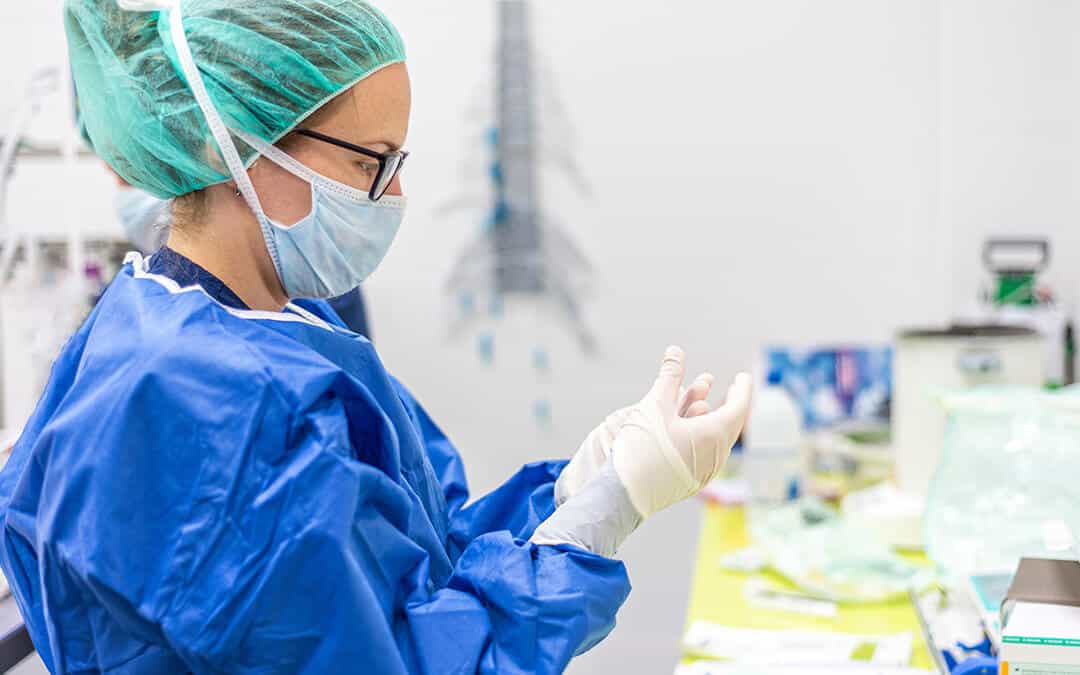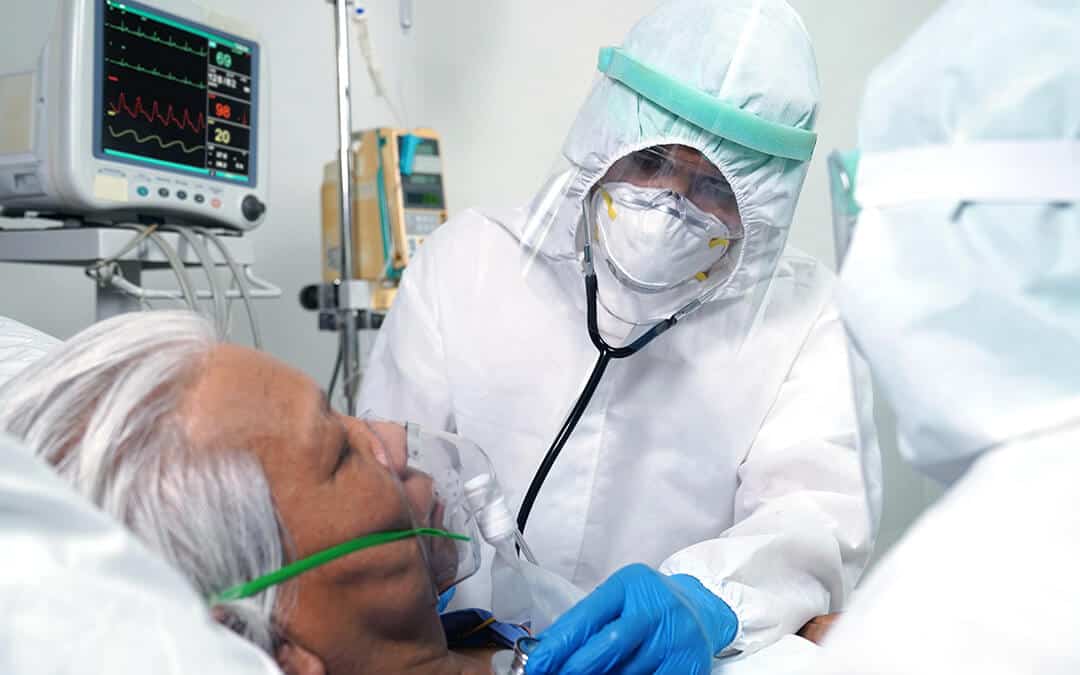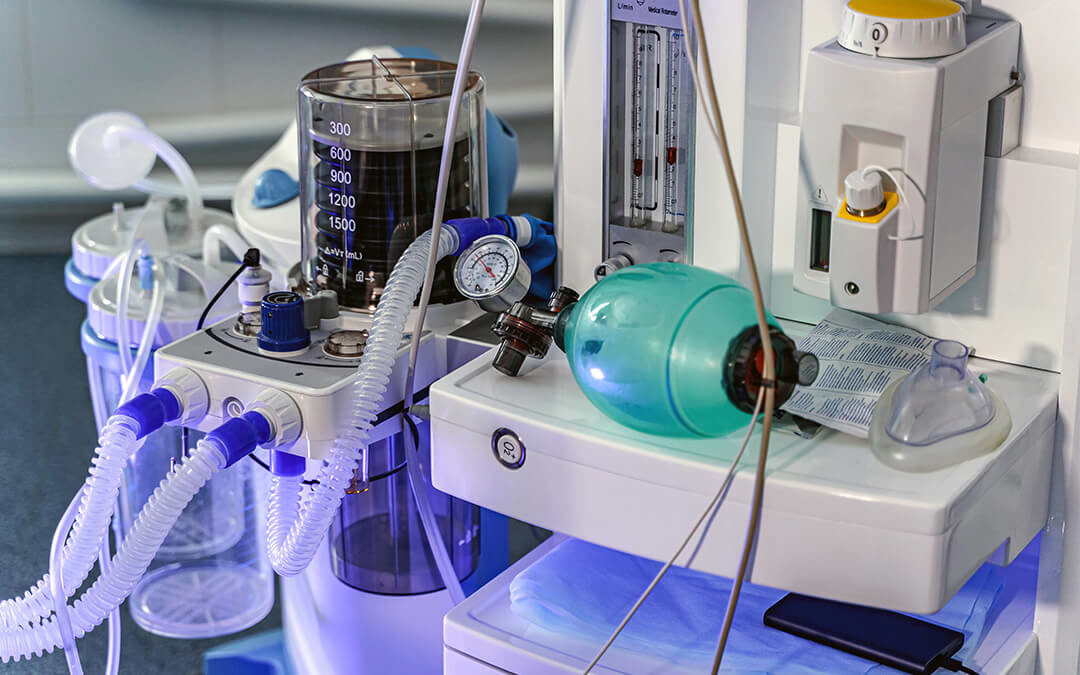
1. Reduce or Eliminate Non-Essential Surgeries
This shouldn’t come as a shock to anyone in the medical field, but reducing the number of non-essential surgeries, or eliminating them altogether, is what the ASA recommends. Why is this? Because of the risk of infection or community transmission. Why expose patients and staff to heightened risk when it’s not necessary? So, where possible, surgery centers should reschedule patient surgeries to a later date — preferably until after “community transmission1 is no longer taking place.” The benefits of this approach are many and include not only saving crucial medical equipment for others who need it more, but also reducing your patient and staff exposure.
The ASA and the Anesthesia Patient Safety Foundation (APSF) in a joint statement2 reason that:
“decisions to reduce non-urgent procedures are dependent on each facility’s geographic location (e.g., the existing and expected community risk for COVID infection), available personal protective equipment (e.g., N95 masks, respirators and body protection), and intensive care resources (e.g., facility and provider capacity).”

2. Practice Airway Manipulation That Reduces the Potential for Aerosolization of Droplet Particles
In other words, airway manipulation practices must do everything to ensure that you have reduced the potential for potentially infectious droplet particles to hit the air. How does the ASA recommend that this is done? Through the following:
- Where possible, deploy your best, most experienced anesthesia professional to perform intubation.
- Always, without fail, wear personal protective equipment (PPE) such as a fit-tested N95 mask or a powered air-purifying respirator (PAPR), a face shield or goggles, a gown, and gloves.
- Where possible, do not deploy awake fiberoptic intubation unless specifically indicated.
- Where possible, avoid manually ventilating a patient’s lungs by using rapid sequence induction (RSI).
3. Clean Your Machines and Your Surgery Room
This is just good old-fashioned common sense: After each use, clean your anesthesia machines. This means disinfecting and cleaning any high-touch surfaces on not only your machines but on your work area as well. Of course, as medical professionals, this is already part of your normal routine, but it is recommended that you take extra precaution now in using an EPA-approved hospital disinfectant to clean, clean, clean. Please also note that the ASA recommends3 that “the internal components of the anesthesia machine and breathing system do not need ‘terminal cleaning’ if breathing circuit filters have been used as directed.”
To learn more about CalOx’s products and services, contact us today.
